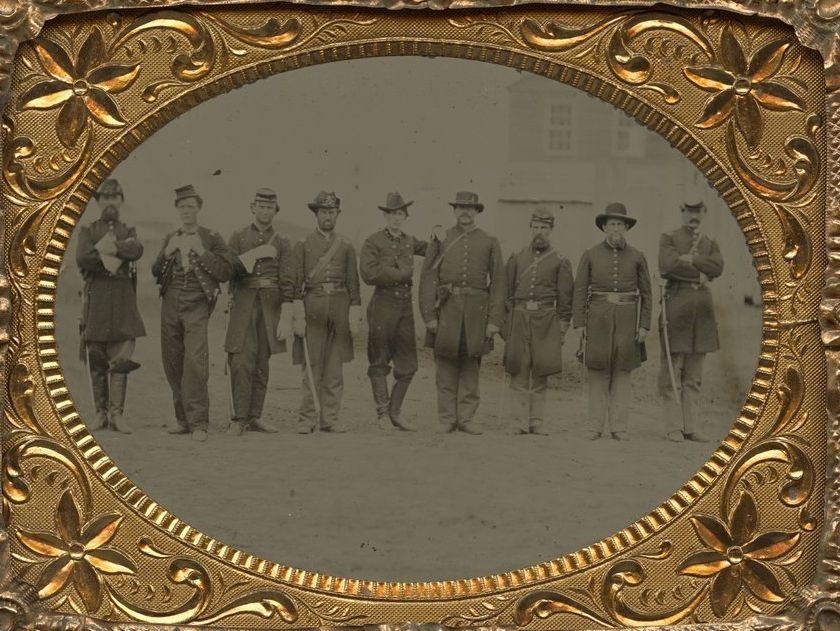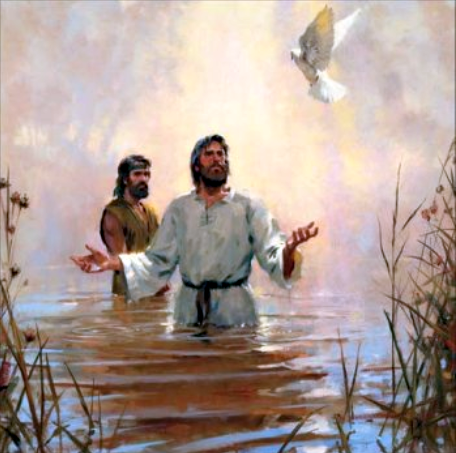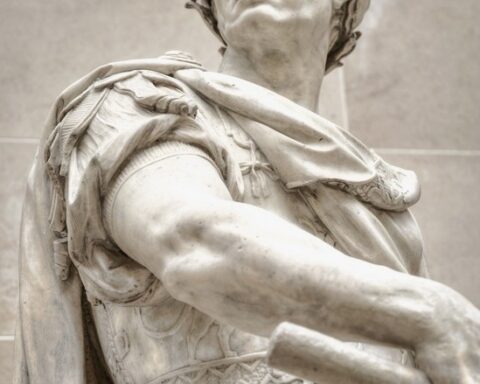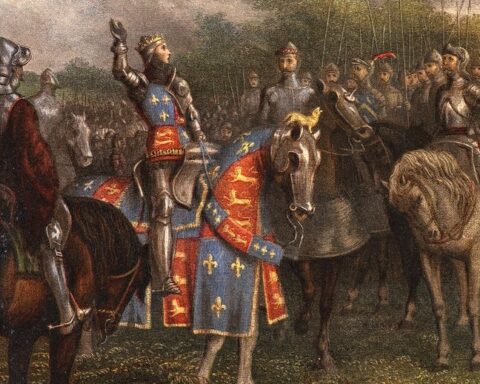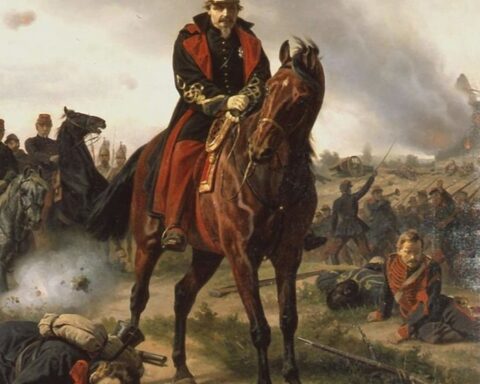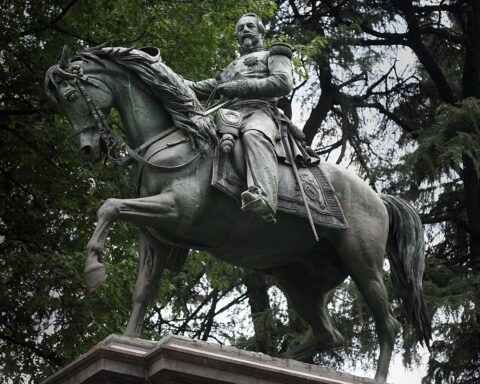(Continued from Part IV)
Part V – Botching the Skeer
The pursuit began a day later, led by General Curtis, and initially moved quickly enough thereafter that the federal supply trains could not keep up. The Army of the Border fed itself mainly on the cattle that Price continued to jettison in his southward flight. Blunt, who had pushed for an immediate pursuit, had the night before dispatched Moonlight’s brigade to head into Kansas to keep Price’s army, still numbering 12,000 men, from sending raiding parties into the state and to reach and fortify Fort Scott, 100 miles to the south. While the immediate result was a one-third reduction in the number of troops with which Blunt could pursue Price, the order was a necessity: with the entire Army of the Border behind Price, Kansas towns which lay along Price’s probable path were suddenly wholly unprotected. Pleasonton’s troopers would more than make up for the single brigade he had sent away. But then again, Pleasonton’s troopers were not under Blunt’s authority.
When Blunt arrived the next day near West Point, just before the border crossing into Kansas and with Price’s forces clearly just ahead, he suggested two separate moves against Price, a flanking move at Trading Post and an immediate attack. Both ideas General Curtis refused. Whether Blunt was pouting over these rebuffs or Pleasonton’s cavalry being given the lead in the chase, or whether Pleasonton’s rearguard actually obstructed his crossing of the Osage River, Blunt’s two brigades wholly missed the Battle of Mine Creek, in which Price’s army was irreparably broken by Pleasonton’s cavalry. On October twenty-fifth, with pursuit all but called off by Curtis, Blunt, Jennison, and the Fifteenth found themselves in Fort Scott, while Price’s army, back in Missouri after their brief and disastrous foray into Kansas, scurried away.
Morning rose on the twenty-sixth before General Curtis finally ordered Blunt, as well as the small number of companies of Pleasonton’s division that were in Fort Scott, to resume the pursuit. They left just before noon and reached Shanghai, Missouri by sundown, where Colonel Jennison, kicked in the head by a mule, turned over command of the First Brigade to Lieutenant Colonel Hoyt.
The next day at Carthage – their fourth consecutive without a battle – the “veteran jayhawker” tendencies of the Fifteenth began to exert themselves once more. Price had been shedding everything and everyone that could not keep up with his retreat, not only worthless baggage and broken wagons, but prisoners from some of the Kansas militia regiments he had captured in the battles near Kansas City as well. He also left a few of his own wounded behind to be tended by the locals as best could be arranged. The Fifteenth, witness to the damage Price’s men had visited on Kansas civilians during their short sojourn in the state and seeing the pathetic condition of the newly-freed Kansas militiamen, began to extract their own brand of frontier justice wherever they could.
“He who imagines,” wrote Jennison later, “that the Fifteenth would behold such an outrage without the application of the principle of lex talionis in some way, is ignorant of the motives of its enlistment.” The Fifteenth responded to Price’s affronts in kind and fully in character: by carefully guarding a captured Confederate who somehow “managed to hang himself to an apple tree before sunrise” anyway. A few other wounded openly received sufficient help from the Fifteenth to achieve the same effect.
Sunrise of the twenty-eighth found the Confederates encamped in a skirt of timber, four miles south of Newtonia, Missouri, in the order of march they would take that day, and with 1500 men in the town itself procuring flour for the journey south. Shelby’s division, the only part of Price’s army that retained any semblance of order, protected the rear, and it was they who first noted Blunt charging hard behind them. Shelby immediately ordered his men into line in preparation for a charge.
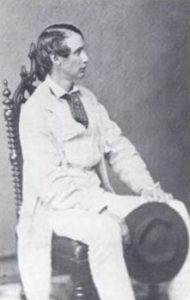
Blunt was expecting a fight, though perhaps not a battle, when he arrived at Newtonia around 3 in the afternoon. Price had left word with women and children along the way that the Bluecoats could have all the fighting they wanted in that place, and the civilians were careful to pass along the message. Blunt himself was less careful, as riding hard with only two brigades – the First under Hoyt (containing now little but the Fifteenth) and the Second under Colonel Ford – he had left his support and supplies so far behind that it would take them several hours to find him. He was bearing down on Price’s entire army with barely a thousand men, a couple field pieces, and all the ammunition they could carry in their pockets.
When Colonel Ford reported skirmishers just outside the town, Blunt suspected it was just the rear guard of Price’s army, a conclusion reinforced by the small front Shelby initially presented. However, after Blunt placed the Second Colorado Battery with their howitzers on a ridge overlooking the town, Shelby moved forward not just with a small line, but with all the men at his disposal and a loud and ringing cheer. Three of his remaining guns belched from the Confederate line. Blunt sent back twice for reinforcements, first for Moonlight, then for any of Pleasonton’s brigades, which he expected – or perhaps merely hoped – were close in his rear.
The Fifteenth formed up on the center to right of the line, 500 yards from Shelby. In the first two charges they spent sixty cartridges for each man to pay for the privilege of holding their position. Shelby flanked it anyway, and they pulled back to avoid being completely surrounded. Out of ammunition but with sabres in hand, they were flanked again, and pulled back again, now more than a mile behind their starting position.
Near sundown, General Sanborn, who was commanding Pleasonton’s brigades, arrived on the field, took note of the situation, and quickly rode back for more men. Within minutes, Pleasonton’s cavalry and units from Missouri and Arkansas joined Blunt’s wavering lines. Immediately upon their arrival, Shelby’s fire petered out while he withdrew to cover the remnants of Price’s southward-bound army.
Lieutenant Colonel George H. Hoyt of the Kansas Fifteenth Volunteer Cavalry would later be breveted a brigadier general for “gallant and meritorious services” in what turned out to be last battle fought west of the Mississippi. Second Newtonia was fought five years to the day after his arrival at a hostile courthouse in Virginia to defend a Kansan who had done so much to start the war.
Other officers of the Kansas Fifteenth, including Colonel Jennison, would not prove so fortunate.
(Continued in Part VI)

